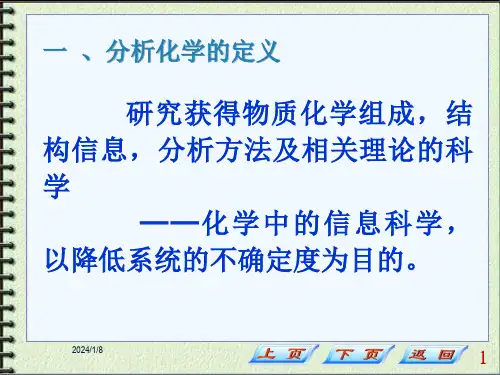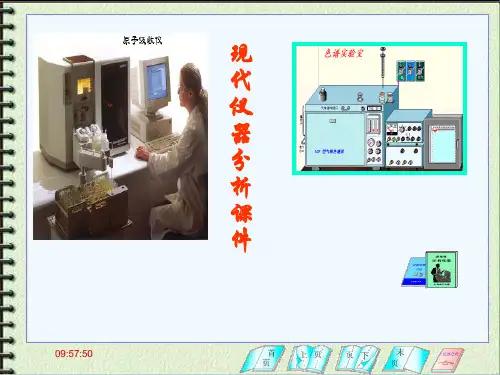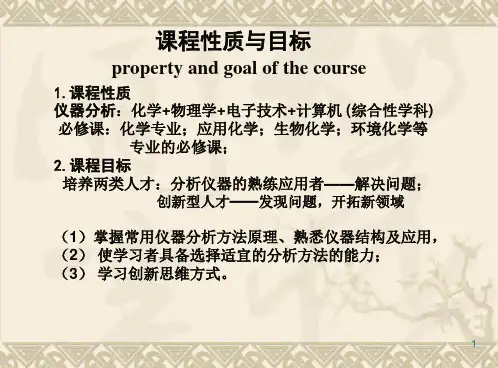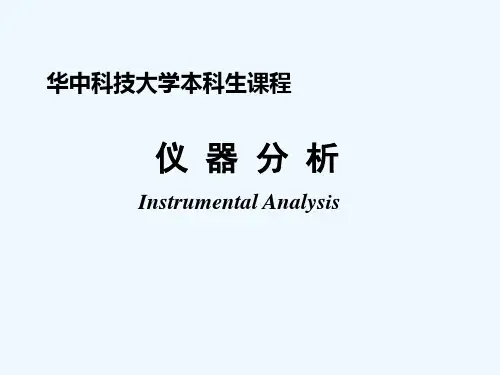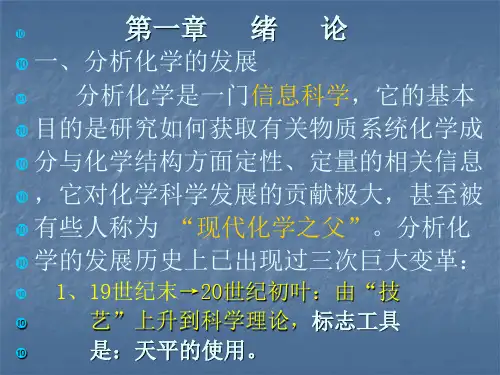1.4 仪器分析的应用
苏丹红I(Sudan I)的化学名称为1-苯基偶氮-2-萘酚(1- phenylazo-2- naphthalenol),分子结构式为 C6H5=NC10H6OH,分子量248.28; 苏丹红II(Sudan II)化学名称为1-[(2,4-二甲基苯)偶氮]-2-萘酚(1-[(2,4-dimethylphenyl)azo]-2-naphthalenol); 苏丹红III(Sudan III)化学名称为1-{[4-(苯基偶氮)苯基] 偶氮}-2-萘酚(1-{[4-(phenylazo)phenyl]azo]-2-naphthalenol); 苏丹红IV(Sudan IV)化学名称1-{{2-甲基-4-[(2-甲基苯)偶氮]苯基}偶氮}-2-萘酚(1-{{2-methyl-4-[(2methylphenyl)azo]phenyl}azo]-2-naphthalenol)。
孔雀石绿事件
二、什么是定性和定量?
定性:获取样品中原子、分子或功能基团的有关信息。
A qualitative method, yields information about identity of atomic or molecular species or the functional groups in the sample.
定量:获取样品中一种或多种组成的相对含量。
A quantitative method, in contrast, provides numerical information as to the relative amount of one or more of these components.
三、仪器分析对于生命科学的意义
• 仪器分析发展是多学科相互渗透、交叉发展的结果, 这些成就分布在物理、化学等各个领域。
